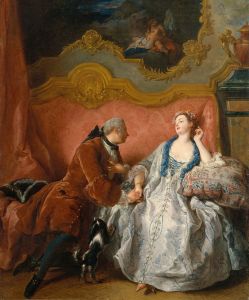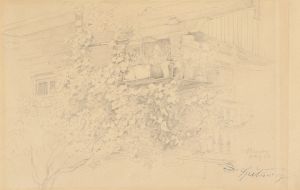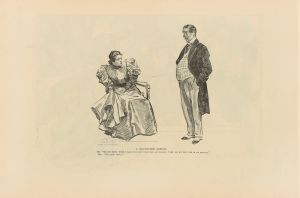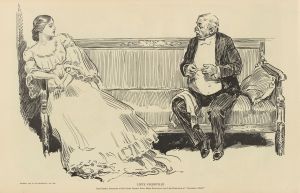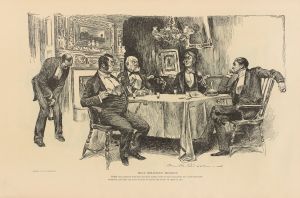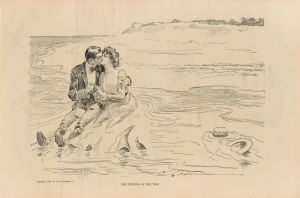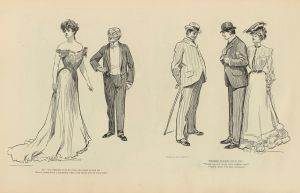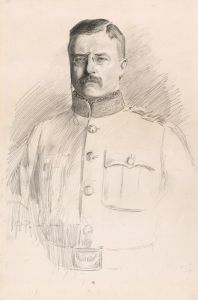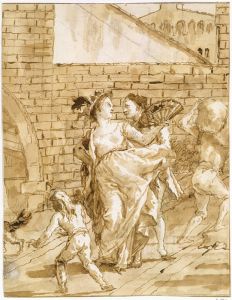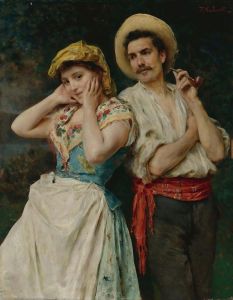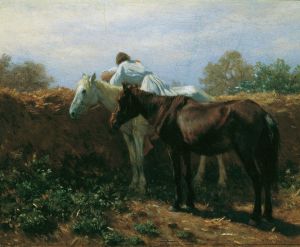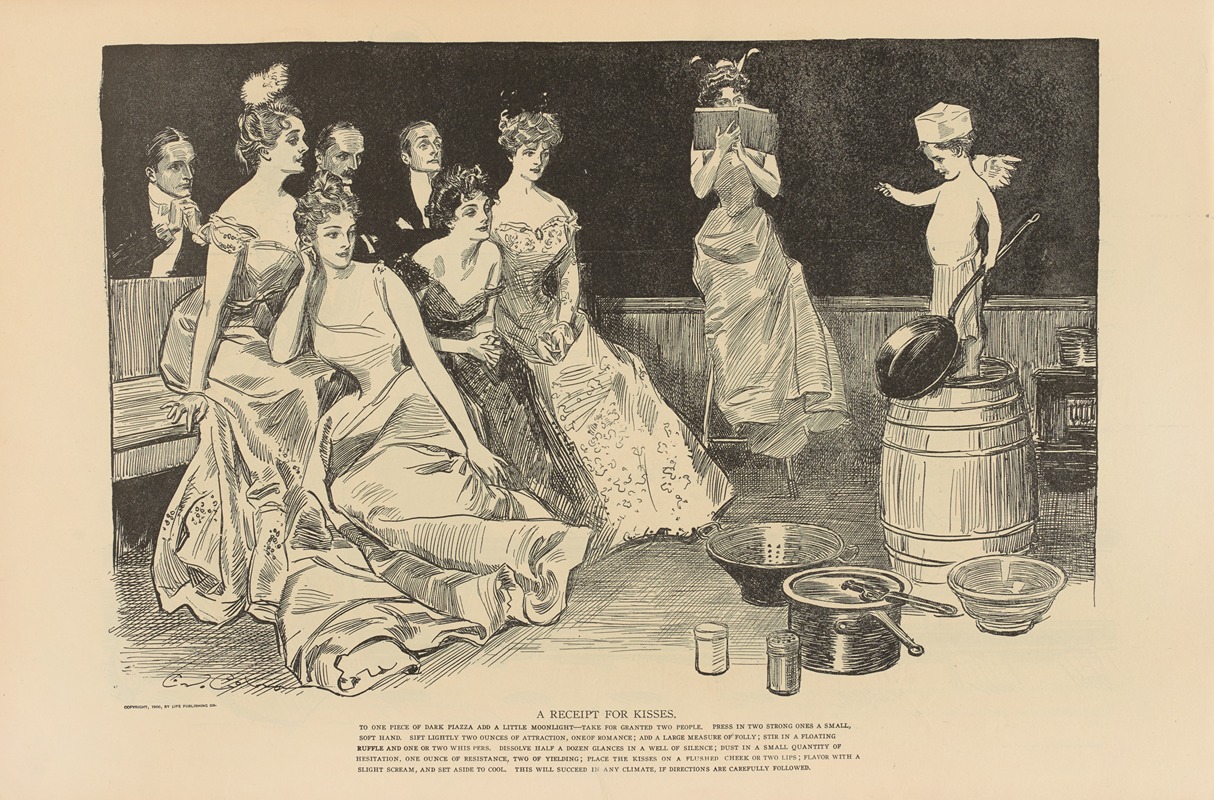
A receipt for kisses
A hand-painted replica of Charles Dana Gibson’s masterpiece A receipt for kisses, meticulously crafted by professional artists to capture the true essence of the original. Each piece is created with museum-quality canvas and rare mineral pigments, carefully painted by experienced artists with delicate brushstrokes and rich, layered colors to perfectly recreate the texture of the original artwork. Unlike machine-printed reproductions, this hand-painted version brings the painting to life, infused with the artist’s emotions and skill in every stroke. Whether for personal collection or home decoration, it instantly elevates the artistic atmosphere of any space.
Charles Dana Gibson was an influential American illustrator, best known for creating the iconic "Gibson Girl," a representation of the idealized American woman at the turn of the 20th century. His work captured the spirit and style of the era, and his illustrations were widely published in magazines such as Life, Scribner's, and Harper's. Among his many works, "A Receipt for Kisses" stands out as a notable piece, although specific details about this particular illustration are not as extensively documented as some of his other works.
"A Receipt for Kisses" is a black-and-white illustration that exemplifies Gibson's characteristic style, which combines elegance, wit, and a keen observation of social norms and behaviors. The illustration likely features the refined line work and attention to detail that Gibson was renowned for, capturing the nuances of facial expressions and the subtleties of fashion and posture that defined the Gibson Girl and her male counterparts.
Gibson's illustrations often explored themes of romance, courtship, and social interactions, reflecting the cultural attitudes of the late 19th and early 20th centuries. "A Receipt for Kisses" would fit within this context, potentially depicting a scene of romantic exchange or flirtation, common subjects in Gibson's repertoire. His work frequently highlighted the dynamics between men and women, often with a humorous or satirical edge, and "A Receipt for Kisses" would likely be no exception.
The Gibson Girl, as portrayed by Gibson, was an independent, confident, and fashionable woman, embodying the changing roles of women during this period. She was often depicted in various social settings, engaging in activities that were becoming more accessible to women, such as bicycling, playing sports, or attending social gatherings. While "A Receipt for Kisses" may not specifically feature the Gibson Girl, it would align with the themes and style that Gibson popularized.
Gibson's work had a significant impact on American culture, influencing fashion, advertising, and the visual arts. His illustrations were not only popular in their time but also left a lasting legacy, shaping the perception of the modern American woman and setting a standard for commercial illustration. Although "A Receipt for Kisses" may not be as widely recognized as some of his other works, it remains a part of Gibson's extensive body of work that continues to be studied and appreciated for its artistic and cultural significance.
In summary, while specific information about "A Receipt for Kisses" is limited, it can be understood within the broader context of Charles Dana Gibson's work and the cultural milieu of his time. His illustrations, including this piece, offer insight into the social dynamics and aesthetic values of the early 20th century, capturing the essence of an era through the lens of art and illustration.





